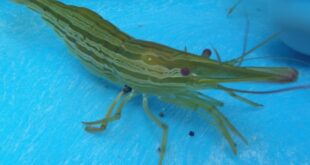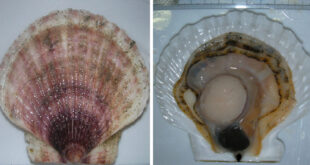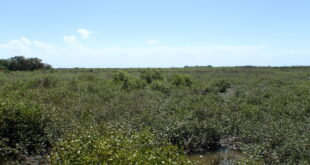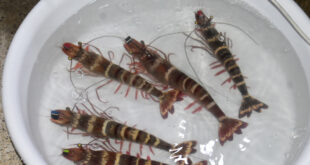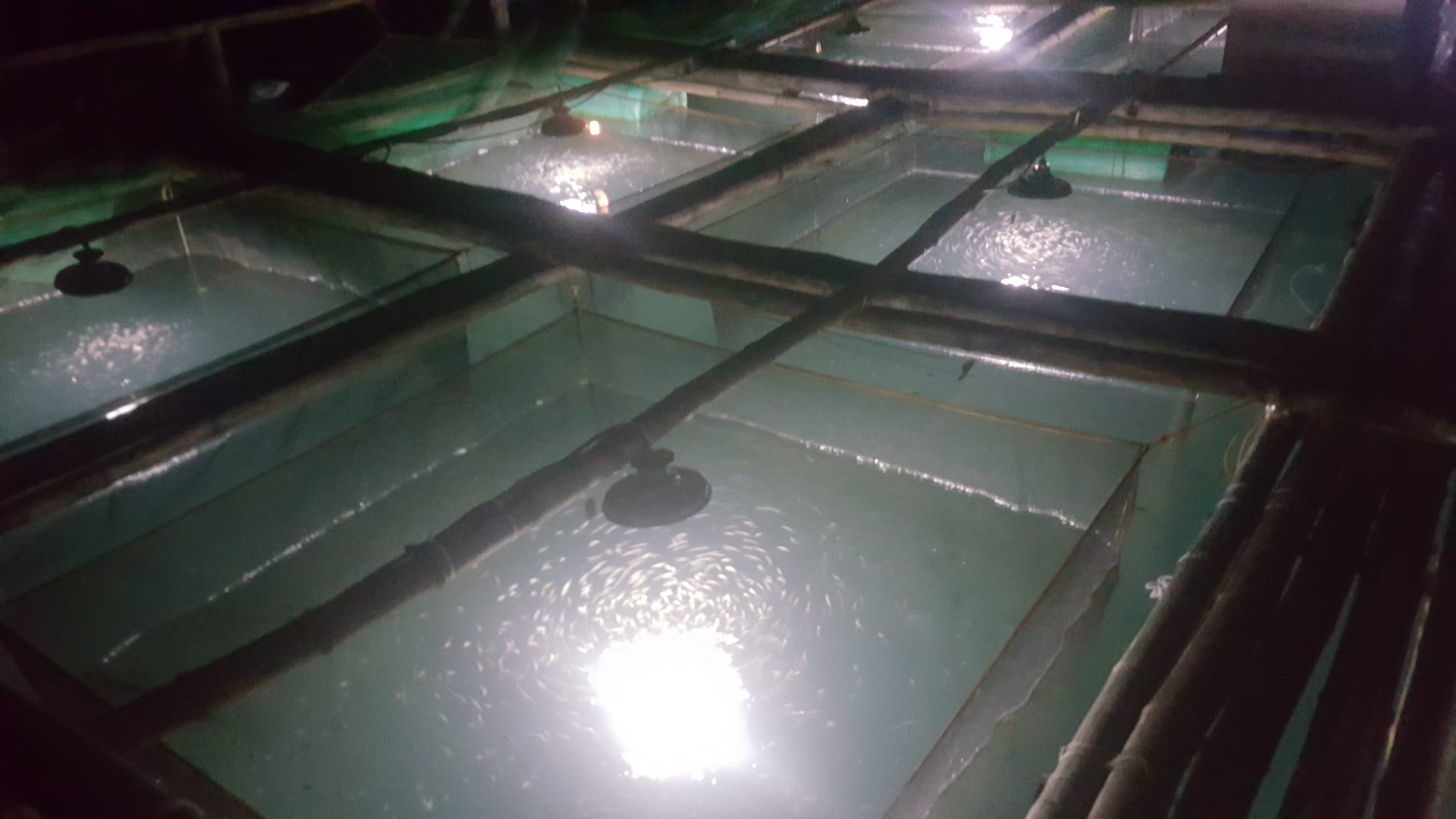
POMPANO, locally known as apahan or dawis lawin, is a high-value fish which is in demand both in the local and export markets. It is known for its firm and flaky meat with a sweet and mild flavor.
In Asian countries including the Philippines, the culture of pompano has been conducted in open sea cages, brackishwater cages and in ponds.
However, a few challenges, such as the high cost of production, still hamper the widespread farming of pompano. Experts at the Aquaculture Department of the Southeast Asian Fisheries Development Center (SEAFDEC/AQD) are literally working through the night to find ways to make pompano farming more profitable.
Ma. Irene Legaspi, an associate researcher at SEAFDEC/AQD, is investigating the advantages of lighting up pompano cages at night during the nursery phase. The illumination is supposed to help the young pompano see their natural prey, mostly tiny crustaceans called copepods floating near the surface, allowing the fish to efficiently feed overnight; thus, improving growth and survival.
Legaspi explained that natural food, as opposed to artificial feeds, is still the most suitable for pompano larvae and artificial illumination could benefit the fish in helping them see the copepods at night. “Based on past literature, the presence of light indeed affects the behavior of fish especially in terms of feeding,” Legaspi shared.
Previous studies at SEAFDEC/AQD have also shown that illumination not only helps fish see their prey, but that the copepods themselves are attracted to artificial light, between 180 and 300 lux, and instinctively flock right where the young fish can see them.
So far, better growth and higher survival of pompano fry were observed during a year-long experiment using artificial lighting as part of the nursery set-up at SEAFDEC/AQD’s Igang Marine Station in Guimaras.
“Based on two trial runs, it showed that the provision of artificial lighting at night in nursery cages significantly improved the growth of pompano,” she added.
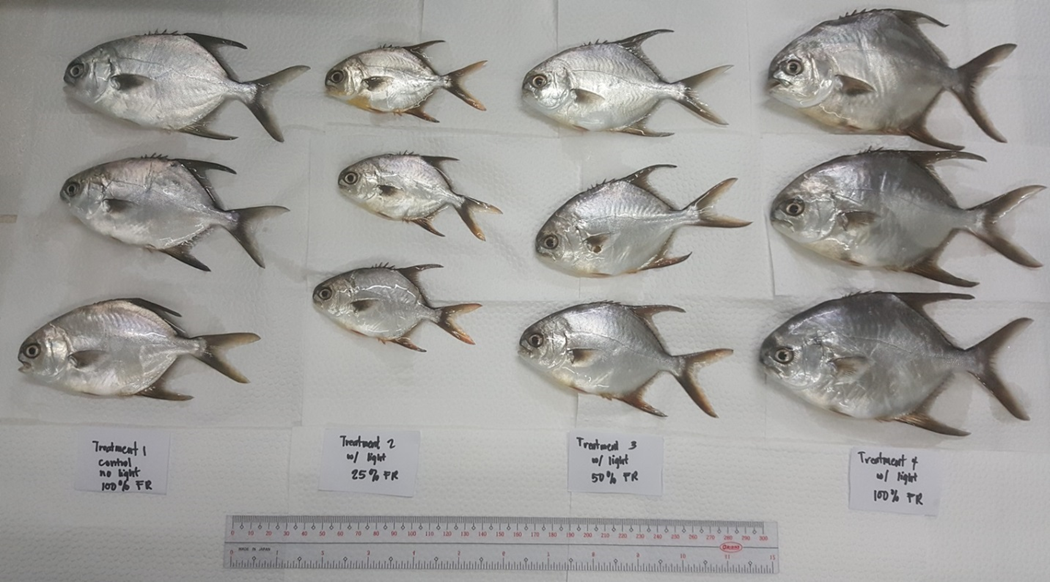
Lower feed cost
In the series of experiments, pompano that received artificial light achieved higher body weight compared to pompano not provided with lighting. Results also revealed that pompano receiving 25 to 50 percent less artificial feed, but provided with artificial illumination, gained as much weight as fully fed pompano with no illumination.
This means that feed cost can be reduced by as much as 50 percent. Legaspi said that since feeds account for a major expense in the nursery phase, artificial illumination is a promising innovation on pompano culture to cut down on costs.
“We are always happy every time we verify simple techniques such as this one because we feel that our stakeholders, especially marginal and small-scale fish farmers, can easily apply this technology to better their culture while reducing feed cost,” Legaspi shared.
Further study will be conducted this year including a third trial run to fully verify the results as well as analysis on the effect of this technique on the economics of pompano nursery culture. / JM DE LA CRUZ
 SEAFDEC/AQD Southeast Asian Fisheries Development Center | Aquaculture Department
SEAFDEC/AQD Southeast Asian Fisheries Development Center | Aquaculture Department
